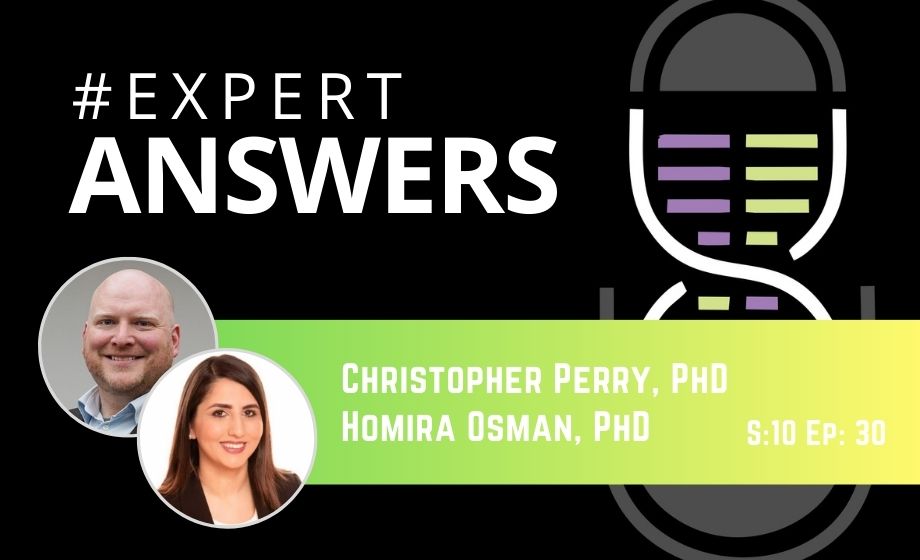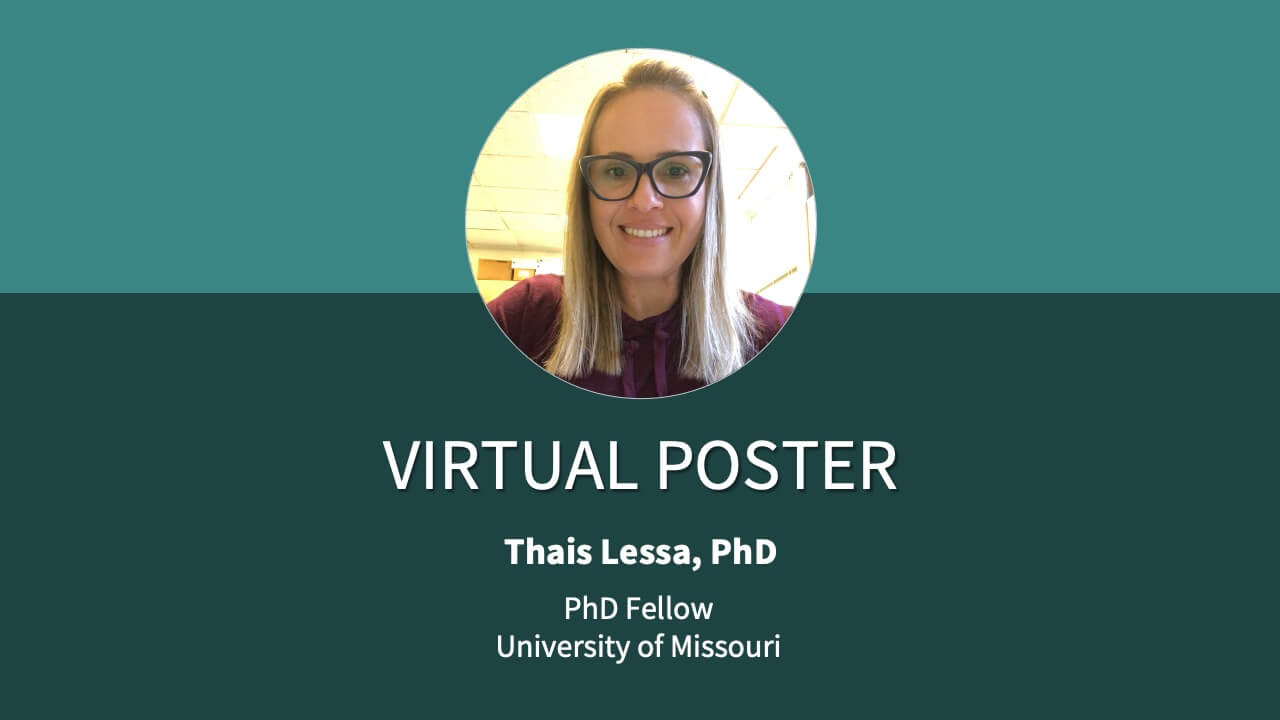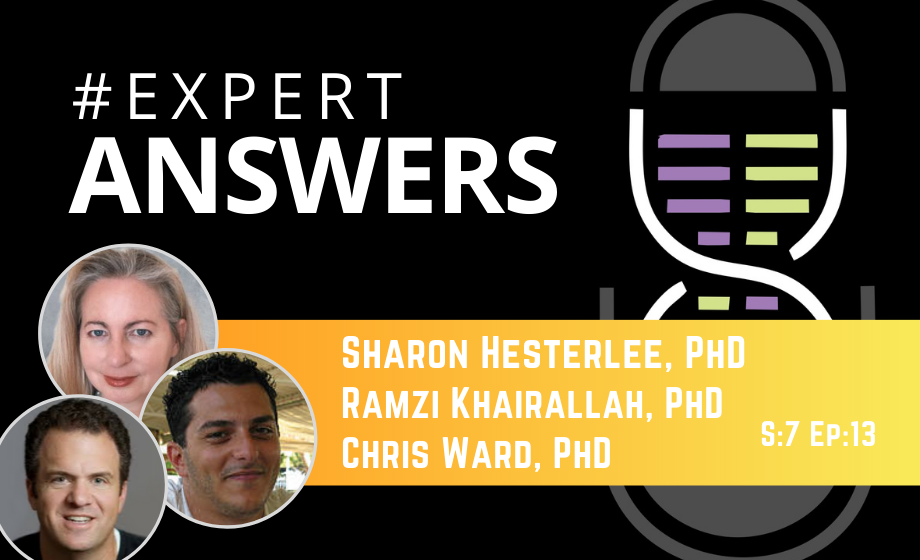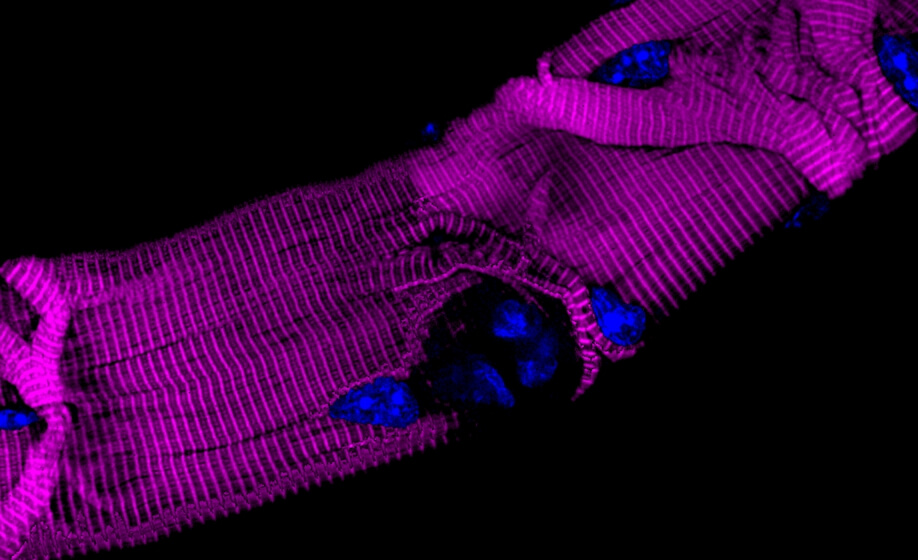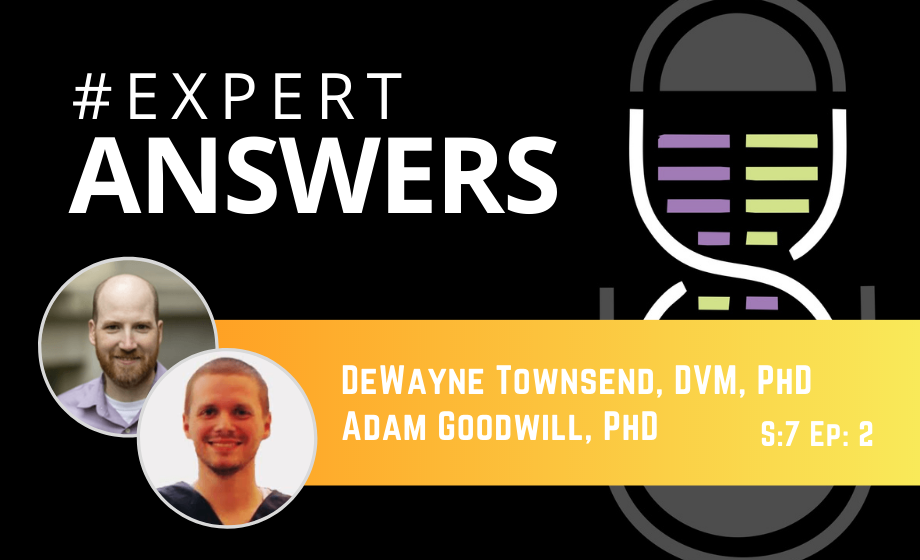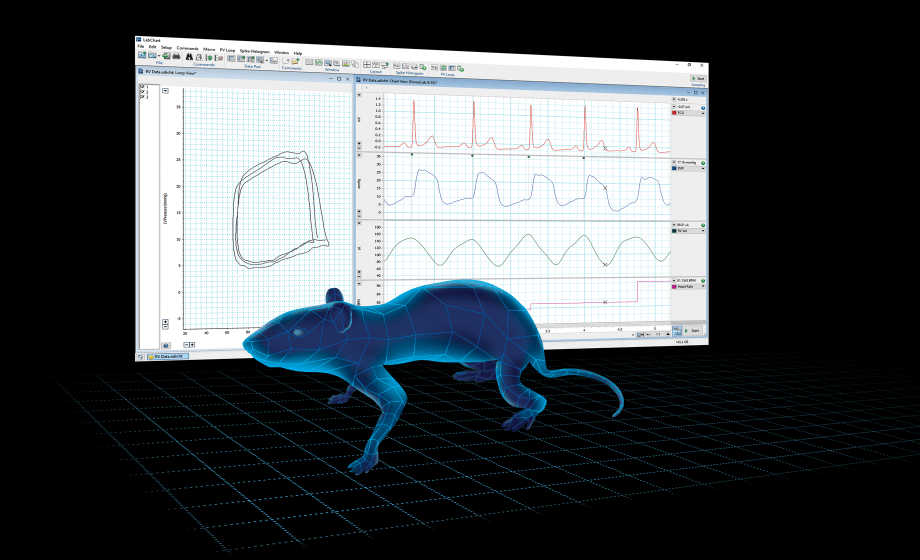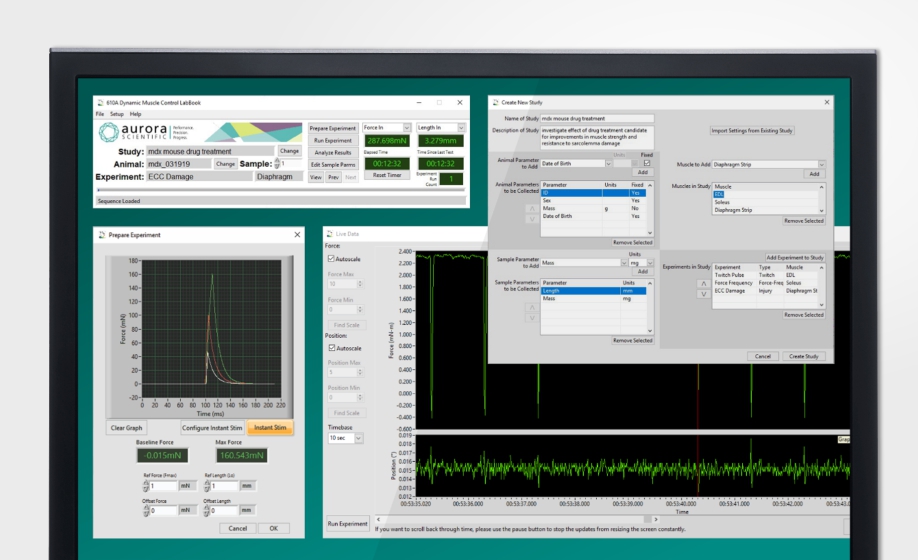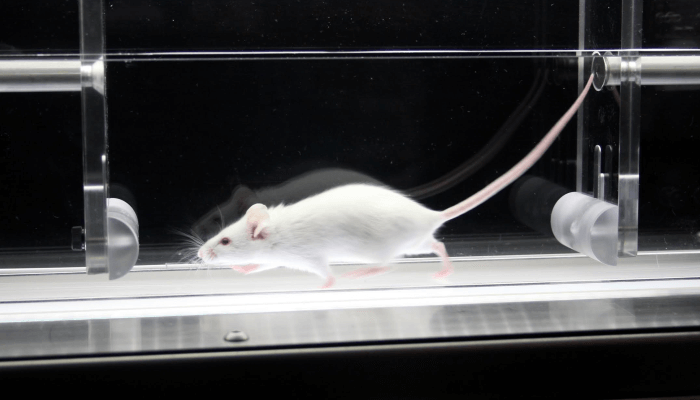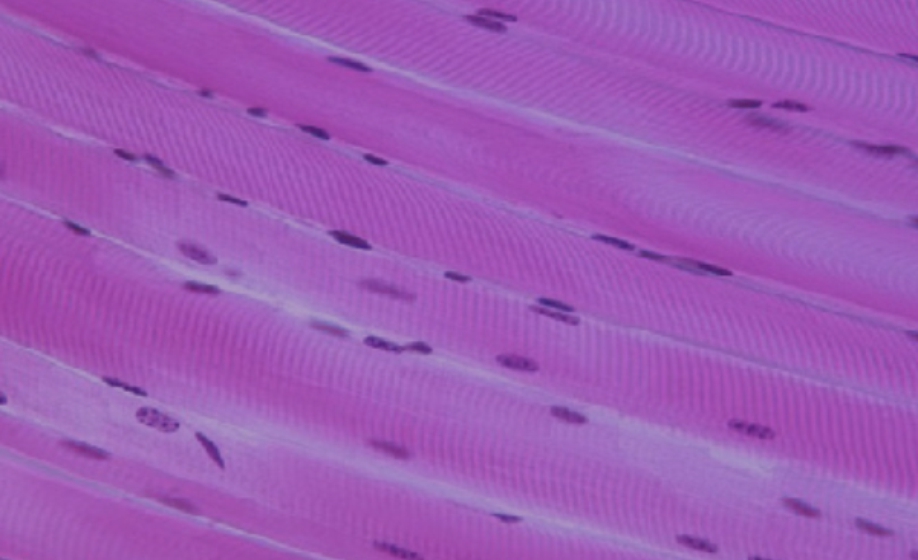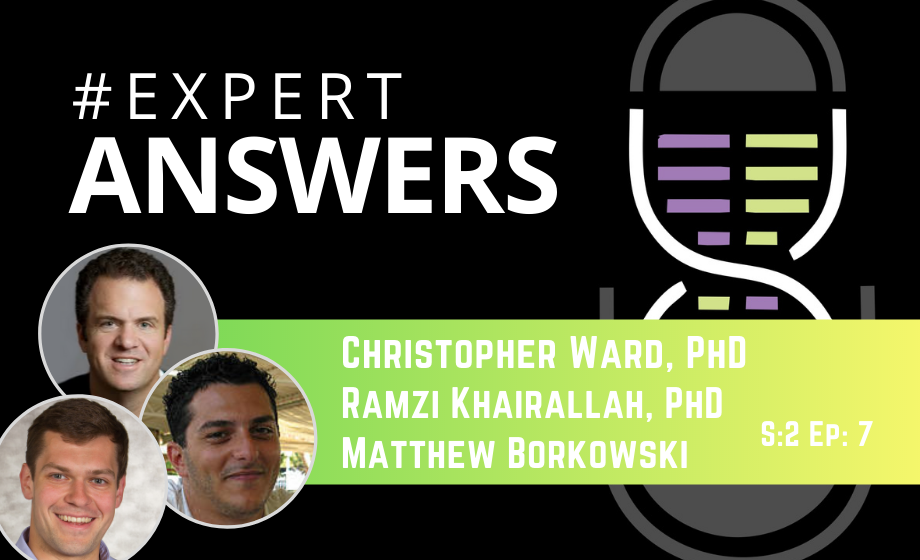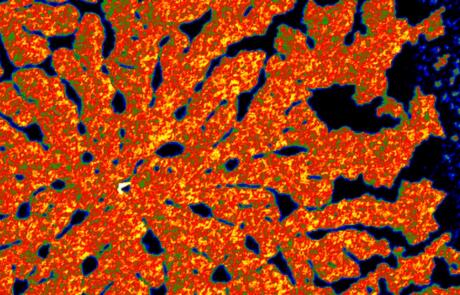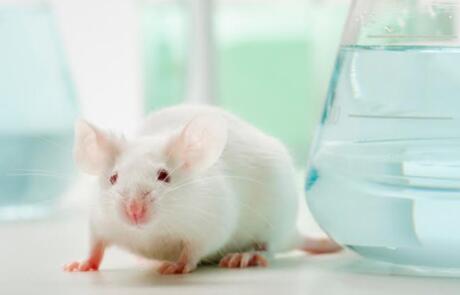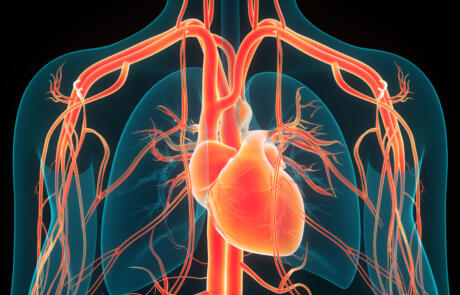#ExpertAnswers: Christopher Perry and Homira Osman on Integrating Patients, Clinical, and Advocacy Partners with Preclinical Research Labs
Dr. Christopher Perry, York University and Dr. Homira Osman, Muscular Dystrophy Canada answer questions from a recent webinar on how the integration of clinical, industrial, and not-for-profit advocacy partners with preclinical research labs offers great potential to improve our research impact.
Integrating Patient Engagement and Trainee Development in Pre-Clinical Research
Christopher Perry, PhD discusses how his laboratory aims to discover mechanisms by which metabolic dysfunction causes muscle weakness and apply these findings to develop new therapies for muscle disorders. Homira Osman, PhD provides a particular focus on leveraging scientific findings for practice and policy and linking trainees with patient communities.
An Improved Method for Studying Mouse Diaphragm Function
A detailed and ready-to-use protocol on the design and manufacturing of diaphragm clamps, and how to mount them to a muscle force measurement system.
#ExpertAnswers: Chris Ward, Ramzi Khairallah & Sharon Hesterlee on Muscular Dystrophy
This episode of #ExpertAnswers features Dr. Chris Ward, Co-founder and scientific officer at myologica, Dr. Ramzi Khairallah, co-founder and president [...]
Considerations for Rigorous Pre-clinical Studies in Murine Muscular Dystrophy
Experts present key considerations in the design of rigorous preclinical studies in rodent models of muscular dystrophy, including animal model selection, assays and endpoints, and how your results can inform translation to the clinic.
#ExpertAnswers: DeWayne Townsend and Adam Goodwill on the Fundamentals of Pressure-Volume Loop Analysis
DeWayne Townsend and Adam Goodwill discuss the fundamentals of pressure-volume loop analysis as a means to study cardiac function.
Cardiac PV Loop Data Analysis: Tips & Tricks
Dr. DeWayne Townsend and Dr. Adam Goodwill discuss the fundamentals of pressure-volume loop analysis as a means to study cardiac function.
ASO-Mediated DNM2 Knockdown for Centronuclear Myopathies
Suzie Buono discusses the work she and her team have done to provide an example of treating a dominant disease by targeting both alleles, suggesting that this strategy may be applied to other dominant diseases.
The MRL/MpJ Mouse Strain Is Not Protected From Muscle Atrophy And Weakness After Rotator Cuff Tear
The MRL/MpJ mouse strain has been touted as a "superhealer" although different tissues have previously displayed different levels of healing ability. We sought to test that ability in skeletal muscle.
ULK2 is Essential for Degradation of Ubiquitinated Protein Aggregates and Homeostasis in Skeletal Muscle
Jordan Fuqua discusses how autophagy and proteolytic processes are regulated in skeletal muscle, specifically looking at ULK1 and ULK2 and their roles in maintaining skeletal muscle homeostasis, morphology, protein aggregate degradation and autophagy.
Organize and Streamline Data Collection with DMC LabBook
Matt Borkowski of Aurora Scientific discusses the latest software update for their Dynamic Muscle Control and Analysis Software, DMC LabBook
#ExpertAnswers: Charles Meshul, Carolanne Milligan, and Tom Hampton on Gait Analysis
Charles Meshul, Carolanne Milligan, and Tom Hampton discuss methodology, best practices, and techniques for identifying early and subtle quantitative physiological markers of strength, balance, and coordination in animal models of pain, CNS, neuromuscular, and neurodegenerative disorders.
Gait Analysis in Laboratory Animals: Studying Coordinated Movement and Associated Disorders
Experts present key concepts regarding how gait can be studied and its value as a research method for animal models of pain, CNS, neuromuscular and neurodegenerative disorders.
Three Techniques, One System: How to Effectively Characterize Complete Muscle Function
An essential webinar for all muscle researchers interested in methodology, best-practices, and techniques for in-vivo, in-vitro, and in-situ muscle experimentation.
#ExpertAnswers: Christopher Ward, Ramzi Khairallah, & Matthew Borkowski on basic in-vivo, in-situ and in-vitro experiments
Christopher Ward, Ramzi Khairallah, and Mathew Borkowski discuss methodology and best practices regarding basic in-vivo, in-situ and in-vitro experiments.
